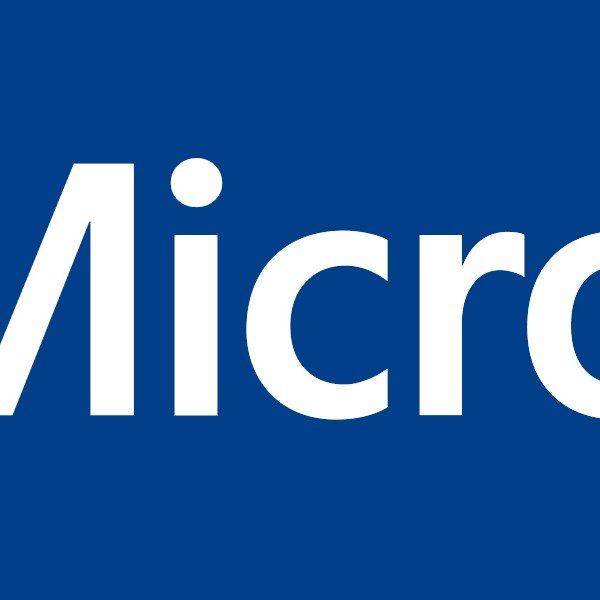

As part of the Xbox 20/20 initiative, Microsoft has been breaking down on detailing all of the new features for Xbox Series X such as backwards compatibility, smart delivery, and what it means when a game is optimized for Xbox Series X. Now, Microsoft is detailing the Xbox Velocity Architecture and how it’ll change and drive innovation forward on Xbox Series X. As Jason Ronald, Director of Program Management puts it: “The Xbox Velocity Architecture was designed as the ultimate solution for game asset steaming in the next generation. This radical reinvention of the traditional I/O subsystem directly influenced all aspects of the Xbox Series X design. If our custom designed processor is at the heart of the Xbox Series X, the Xbox Velocity Architecture is the soul.” There are four major components to the Xbox Velocity Architecture, the custom NVME SSD, hardware accelerated decompression blocks, a brand new DirectStorage API layer and Sampler Feedback Streaming (SFS).
The Xbox Velocity Architecture was created to help make it easier for developers to stream game assets into memory off of local storage. As modern games require more data to build their worlds, it takes more data and therefore takes longer to generate in-game. Level designers have to create narrow pathways, hallways, or elevators to work around the limitations of a traditional hard drive and I/O pipeline. The Xbox Velocity Architecture essentially makes this process easier.
The foundation of the Xbox Velocity Architecture is the custom, 1 TB NVME SSD which will deliver 2.4 GB/s of raw I/O throughput, more than 40x the throughput of Xbox One. Typically, the traditional SSDs used in PCs reduce performance. The new custom SSD for Xbox Series X is designed for consistent, sustained performance. This means that developers have a guaranteed level of I/O performance at all times and they can design and optimize their games removing the barriers and constraints that they deal with today.
The new hardware accelerated decompression allows developers the best of both worlds when it comes to minimizing download times and the amount of storage required for a game. This means that Xbox Series X will achieve massive savings with no loss and quality or performance. Xbox Series X delivers an effective 4.8 GB/s in I/O performance which is 100x the I/O performance in current generation consoles.
The brand new DirectStorage API provides developers with fine grain control of their I/O operations which empowers them to establish multiple I/O queues, prioritization, and minimizing I/O latency. In other words, this helps virtually eliminate load times and makes fast travel systems fast.
Sampler Feedback Streaming will make it very easy to load mipmaps which are gaming textures optimized at differing levels of detail and resolution. Today, developers must load an entire mipmap level while only sampling a small portion of the entire texture. With SFS, developers can load the sub portions of a mip level into memory, on demand. T his results in approximately 2.5x the effective I/O throughput and memory usage above and beyond the raw hardware capabilities on average. SFS provides an effective multiplier on available system memory and I/O bandwidth, resulting in significantly more memory and I/O throughput available to make your game richer and more immersive.
Jason Ronald said, “Through the massive increase in I/O throughput, hardware accelerated decompression, DirectStorage, and the significant increases in efficiency provided by Sampler Feedback Streaming, the Xbox Velocity Architecture enables the Xbox Series X to deliver effective performance well beyond the raw hardware specs, providing direct, instant, low level access to more than 100GB of game data stored on the SSD just in time for when the game requires it. These innovations will unlock new gameplay experiences and a level of depth and immersion unlike anything you have previously experienced in gaming.”
Play games, take surveys and take advantage of special offers to help support mxdwn.
Every dollar helps keep the content you love coming every single day.

